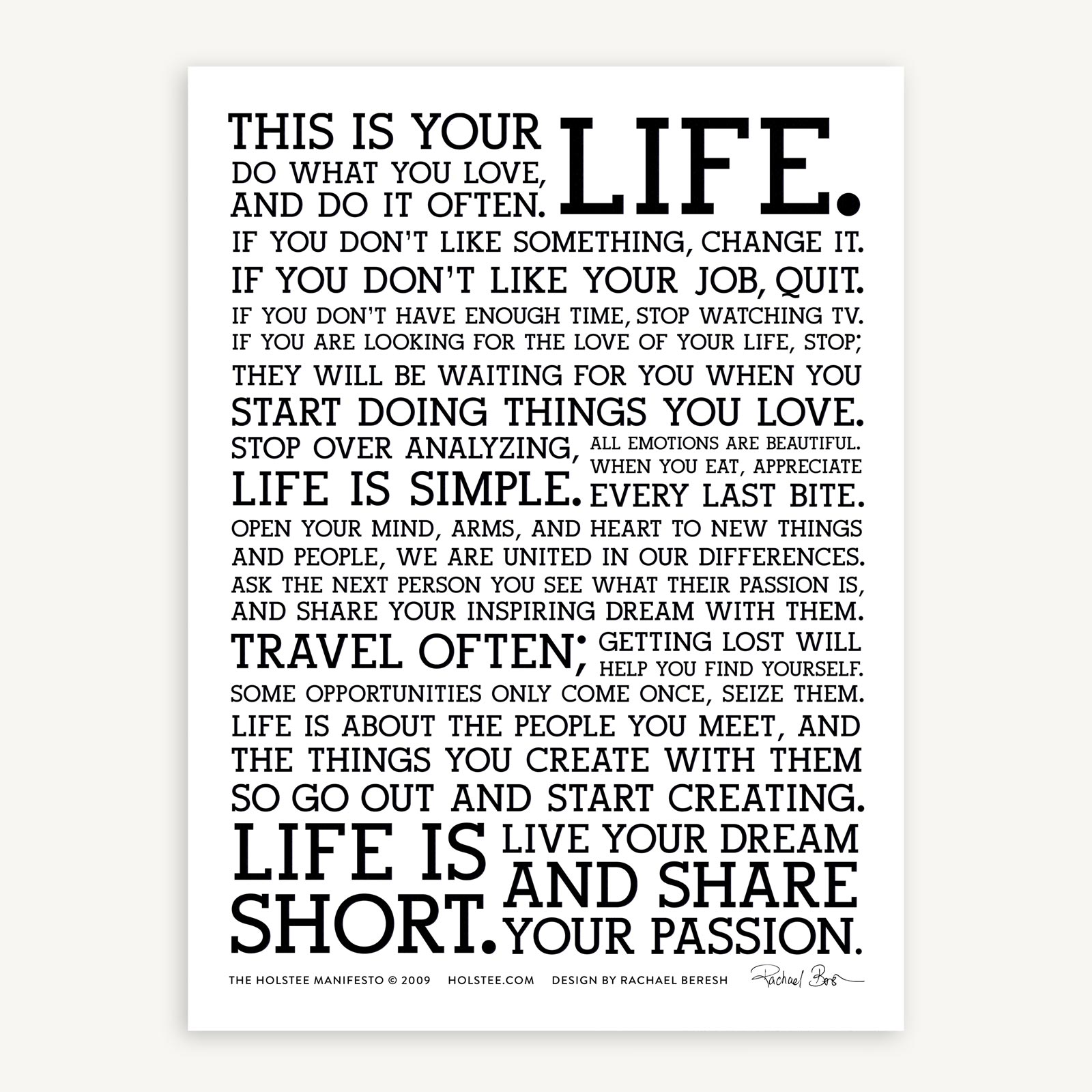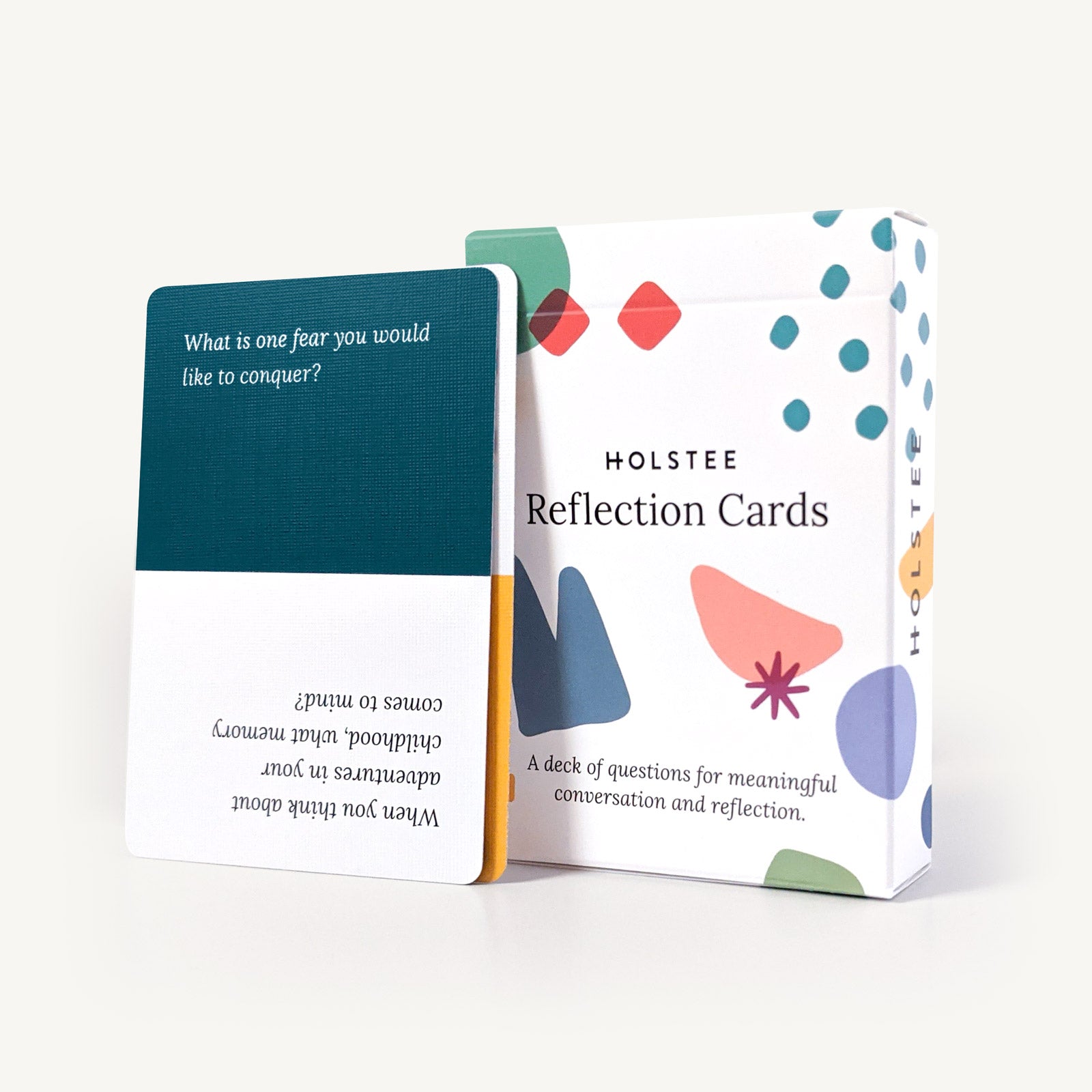About three months ago, I took Austin Kleon’s advice and started stealing. Let me explain. Kleon, in Steal Like An Artist, admonishes that creativity arises from good and clever robbery. I’ve always been of the belief that the genesis of all creative work lies in taking inspiration from those you admire.
Because of our inability, as human beings, to make perfect copies, we fail in our imitation of our idols. But it’s within that shortcoming - somewhere in the gap between us and them - that we find our own thing.
Kleon quotes Conan O’Brien, whom I also adore:
“It is our failure to become our perceived ideal that ultimately defines us and makes us unique.”
The first step, then, is to spot your victims. Who do you want to steal from? Here’s my list (sorry, guys): David Foster Wallace, Picasso, Ira Glass, Zadie Smith, and Patti Smith.
I started at the end.
Patti Smith is a goddess. While I’ve been a massive fan of her poetic and haunting music, ogled at her drawings in museums, and obsessed over her poetry, I’ve never had such insight into her brilliant mind until I picked up Just Kids, her book detailing her artistic relationship with the photographer Robert Mapplethorpe, and her ascent into public consciousness.
There are so many lessons imbued within Patti Smith’s journey through life, but what bubbles to the top of my mind is this: she’s brave.
On the morning of July 3rd, 1967, Patti Smith picked up, left her family home in New Jersey, and made her way to New York City to make her art. En route, she found that the fare had almost doubled, leaving her unable to buy her ticket out of her past and into her future. In a case of what can only be called fabled serendipity, she goes into a phone booth and finds thirty-two dollars. She writes:
“It was a big blow that the fare to New York had nearly doubled since I last traveled. I was unable to buy my ticket. I went into a phone booth to think. It was a real Clark Kent moment. I thought of calling my sister although I was too ashamed to return home. But there, on the shelf beneath the telephone, lying on thick yellow pages, was a white patent purse. It contained a locket and thirty-two dollars, almost a week’s paycheck at my last job.”
A white patent purse took Patti Smith to New York, and brought her, and her art, to us:
“Against my better judgement, I took the money but I left the purse on the ticket counter in the hopes that the owner would at least retrieve the locket. There was nothing in it that revealed her identity. I can only thank, as I have within myself many times through the years, this unknown benefactor. She was the one who gave me the last piece of encouragement, a thief’s good-luck sign. I accepted the grant of the small white purse as the hand of fate pushing me on.”
Here’s the thing: Serendipity lends you a hand, but bravery wields it.
Once Smith arrived in the city, she slept on door steps, graveyards, parks, and subways. She went hungry, got hired and fired. She got her apartment broken into, the thieves destroying her art out of frustration for not finding anything of note. She debated between buying grilled cheese sandwiches and buying art supplies. She got sad and cried a lot.
But she didn’t give up: the white purse had lent her a hand, so she persisted. She wielded that hand, using it to craft her mythical career.
So this is what Patti Smith taught me about being brave:
1. Bravery is about seeing struggle as an opportunity for creation. Patti Smith’s childhood was spent dreaming up imaginary scenarios, getting immersed in countless fictional stories, and fighting fictitious wars with her siblings. She prayed a lot. And got sick, too. What amazed me is how she took these opportunities - ill, bed-ridden, but not lifeless - to imagine. She writes about the impact of prayer and illness on her inventive mind:
“My small torrent of words dissipated into an elaborate sense of expanding and receding. It was my entrance into the radiance of imagination. This process was especially magnified within the fevers of influenza, measles, chickenpox, and mumps. I got them all and with each I was privileged with a new level of awareness. Lying deep within myself, the symmetry of a snowflake spinning above me, intensifying through my lids, I seized a most worthy souvenir, a shard of heaven’s kaleidoscope.”
If you listen, you can hear it: there’s always a faint, but resounding sound of beauty in every punishing experience that comes our way.
2. Bravery is about completely immersing yourself in the work of others. To write books, you need to explore the shelves of libraries. To write music, you need to listen to the sounds of those who composed and arranged before you. To paint portraits, you need to admire the pieces on the walls of museums. To make movies, you must stare into the moving images of films past. Patti Smith knew this, and - knowingly or unknowingly - practiced it wholeheartedly.
When she was twelve years old, her parents took her and her three siblings to the Museum of Art in Philadelphia:
“It was the only such outing we made as a family, marking the first time I came face-to-face with art. I felt a sense of physical identification with the long, languorous Modiglianis; was moved by the elegant still subjects of Sargent and Thomas Eakins; dazzled by the light that emanated from the Impressionists. But it was the world in a hall devoted to Picasso, from his harlequins to Cubism, that pierced me the most. His brutal confidence took my breath away.”
Seeing the art of others for the first time helped Patti Smith arrive at a fundamental realization:
“…secretly I knew I had been transformed, moved by the revelation that human beings create art, that to be an artist was to see what others could not.”
She continued in her unwavering love for Picasso, taking inspiration from his work again, but this time as an adult at the Museum of Modern Art in New York. In her low periods, she wondered what the point was of even creating art. In those moments, she sought refuge in her heroes:
“Picasso didn’t crawl in a shell when his beloved Basque country was bombed. He reacted by creating a masterpiece in Guernica to remind us of the injustices committed against his people. When I had extra money, I’d go to the Museum of Modern Art and sit before Guernica, spending long hours considering the fallen horse and the eye of the bulb shining over the sad spoils of war. Then I’d get back to work.”
And here, again, she takes inspiration from what hangs on the walls of MoMA:
“Taking my camera to MoMA, I searched for inspiration. I took a series of black-and-white portraits of de Kooning’s Woman I, and had them developed. Taping them to the wall, I began her portrait. It amused me to do a portrait of a portrait.”
3. Bravery is about resigning yourself to eternal dissatisfaction. There’s nothing brave about being entirely complacent with your work. There’s a difference between destructive self-criticism, and the knowledge that the gap between your taste and what you actually make will always be there. Ira Glass said this:
“All of us who do creative work, we get into it because we have good taste. But there is this gap. For the first couple years you make stuff, it’s just not that good. It’s trying to be good, it has potential, but it’s not. But your taste, the thing that got you into the game, is still killer.”
So the frustration with creative work - or actually, any sort of work you deeply care about - is that there's always a gulf between your taste and the things you actually make. In the beginning, your work really, really sucks. Slowly, with practice, it gets better. Some believe that gap eventually closes: your taste and your stuff meet in the middle, marry, and live happily ever after. I actually think that a creative career is a dance, and not a marriage. It's a very elegant movement between your taste and the work you produce. And the two come close, but they never actually meet. They're always dancing a little far away from each other - when you think they're about to finally embrace, one or the other moves away. And that's perfectly okay: the small, tantalizing separation is what keeps us going. In our effort to make it disappear, we keep making. The key is to never stop dancing.
It’s a brave act, to keep dancing. But the first step, the first move, is to embrace this: you’ll never find total and complete satisfaction. Patti Smith describes her arrival at this revelation as a young girl, through an incident involving her friend, Stephanie, who had lost her life to leukaemia. Stephanie kept an old cigar box of talismanic charms which Patti admired. Sometimes, Stephanie would gift Patti her doubles. Patti kept these gifts inside a secret compartment near her bed, beneath her home’s floorboards:
“Something told me I shouldn’t take presents from a sick girl, but I did and hid them away, somewhat ashamed.”
The day after Valentine’s Day, Patti visited Stephanie, they sat together and drank cocoa. She describes how, as her friend drifted into sleep, she rummaged through her jewel box and, falling in love with a skating pin, hid it in her mitten. Stephanie passed away the following day. She says:
“It was then that I experienced the weight of sin, even a sin as small as a stolen skater pin. I reflected on the fact that no matter how good I aspired to be, I was never going to achieve perfection.”
No matter how you arrive at this idea - that you’ll never achieve that tantalizing and ever elusive perfect state - getting to it is one of the greatest gifts a life experience can afford you.
Zadie Smith also beautifully bid the same adage:
"Resign yourself to the lifelong sadness that comes from never being satisfied.”
4. Bravery is about making do with what you’ve got. It’s a lot braver to just start making - without all of the tools at your disposal - than to wait until the moment you’ve got it all. Waiting for a moment that might never come means you risk never showing the world what you have to give. Patti Smith and Robert Mapplethorpe chose to create with the little they had:
“We had our work and one another. We didn’t have the money to go to concerts or movies or to buy new records, but we played the ones we had over and over.”
Patti Smith sifted through secondhand shops for items she could sell, finding rare children’s books and signed first editions of classics, and selling them at a profit. Finding art to make art. She hustled and made do with what was around, not wasting time hoping for what wasn’t.
Scarcity didn’t stop Smith and Mapplethorpe from finding inspiration, either. Longing for visits to art museums, but not being able to afford two tickets, the pair bought one single ticket. One of them would go in, explore the art, and the deliver a report to the other.
After having engaged in one of these tag team museum expeditions, Mapplethorpe said to her:
“One day we’ll go in together, and the work will be ours.”
5. Bravery is absolute and total devotion to your art. Following her return to New York from a trip to Paris, she found Mapplethorpe ill with trench mouth and a very high fever. Following a murder in the building to which she returned, and Mapplethorpe was living in, the pair left and made their way to the Hotel Allerton:
“These days marked the lowest point in our life together. I don’t remember how we found our way to the Allerton. It was a terrible place, dark and neglected, with dusty windows that overlooked the noisy street...The place reeked of piss and exterminator fluid, the wallpaper peeling like dead skin in summer. There was no running water in the corroded sink, only occasional rusted droplets plopping through the night.”
At the Allerton, Mapplethorpe remained ill, unable to eat, sweating and shivering on a thin and failing iron bed. One night, both were awoken by Mapplethorpe’s own loud scream. His gums had abscessed. “Robert was lying there, delirious with fever. I thought he might die,” she writes. She sought advice in a neighbour, a morphine addicted ex-ballet dancer, who urged her to take him to a doctor, and leave the place altogether.
Smith recalls not having enough money to pay the bill, yet still waking Robert up, helping him dress, and leaving down the fire escape. She left him on the sidewalk while she rushed upstairs to grab their portfolios: “All we had in the world.”
She hails a cab. They get in. He says: “We’re going to make it, Patti.” She orders the driver to the Chelsea Hotel.
When they arrive, penniless, she offers the hotel’s manager their art as collateral, having only a promise of a future paycheck. The manager accepts, and the couple is given the smallest room in the building.
And from that small room, coupled with the audacity it took to acquire it, Smith continued in her journey to become that artist who could see what others could not.
6. Bravery is about believing that you deserve to do what you do best. Patti Smith felt like she belonged to the group of people who were defining the American artistic landscape of the 60s. She describes a time when she went to see the Doors live:
“...I had a strange reaction watching Jim Morrison. Everyone around me seemed transfixed, but I observed his every move in a state of cold hyperawareness. I remember this feeling much more clearly than the concert. I felt, watching Jim Morrison, that I could do that. I can’t say why I thought this. I had nothing in my experience to make me think that would ever be possible, yet I harbored that conceit.”
It’s brave to believe that you deserve to do what you do. We all doubt our place in the world, fearing others would deem us arrogant should we exude even a whiff of confidence in our work and our right to do it. While doubt cannot - and should not - be totally divorced from our consciousness, there’s bravery in tempering that inevitable lack of conviction with a belief that yes, I belong here.
At El Quixote, a restaurant-bar adjacent to the Chelsea Hotel, and the haunt of creative titans like Dylan Thomas, Jimi Hendrix, and Grace Slick, Patti Smith felt at home:
“When I went back upstairs I felt an inexplicable sense of kinship with these people, though I had no way to interpret my feeling of prescience. I could never have predicted that I would one day walk in their path. At that moment I was still a gangly twenty-two-year-old book clerk, struggling simultaneously with several unfinished poems.”
Playing the part and making the part are one and the same.
Just Kids is such a beautiful, timeless, and important book. It’s wise, tremendously written, and a bible on the bravery necessary to be your authentic self.
At its core, it’s a tale of losing and finding yourself over and over again. “Where does it all lead? What will become of us?,” Patti Smith asks. “It leads to each other. We become ourselves.”
___________________________________






